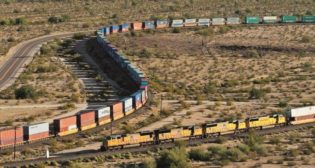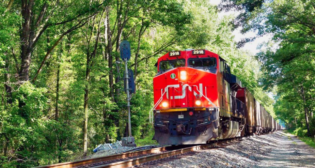
AAR: Carloads Down, Intermodal Up in Week 25
U.S. rail traffic for the week ending June 22, 2024 (Week 25) was up 3.6% from the prior-year period, as intermodal gains more than offset carload losses, according to the Association of American Railroads’ (AAR) latest report.








